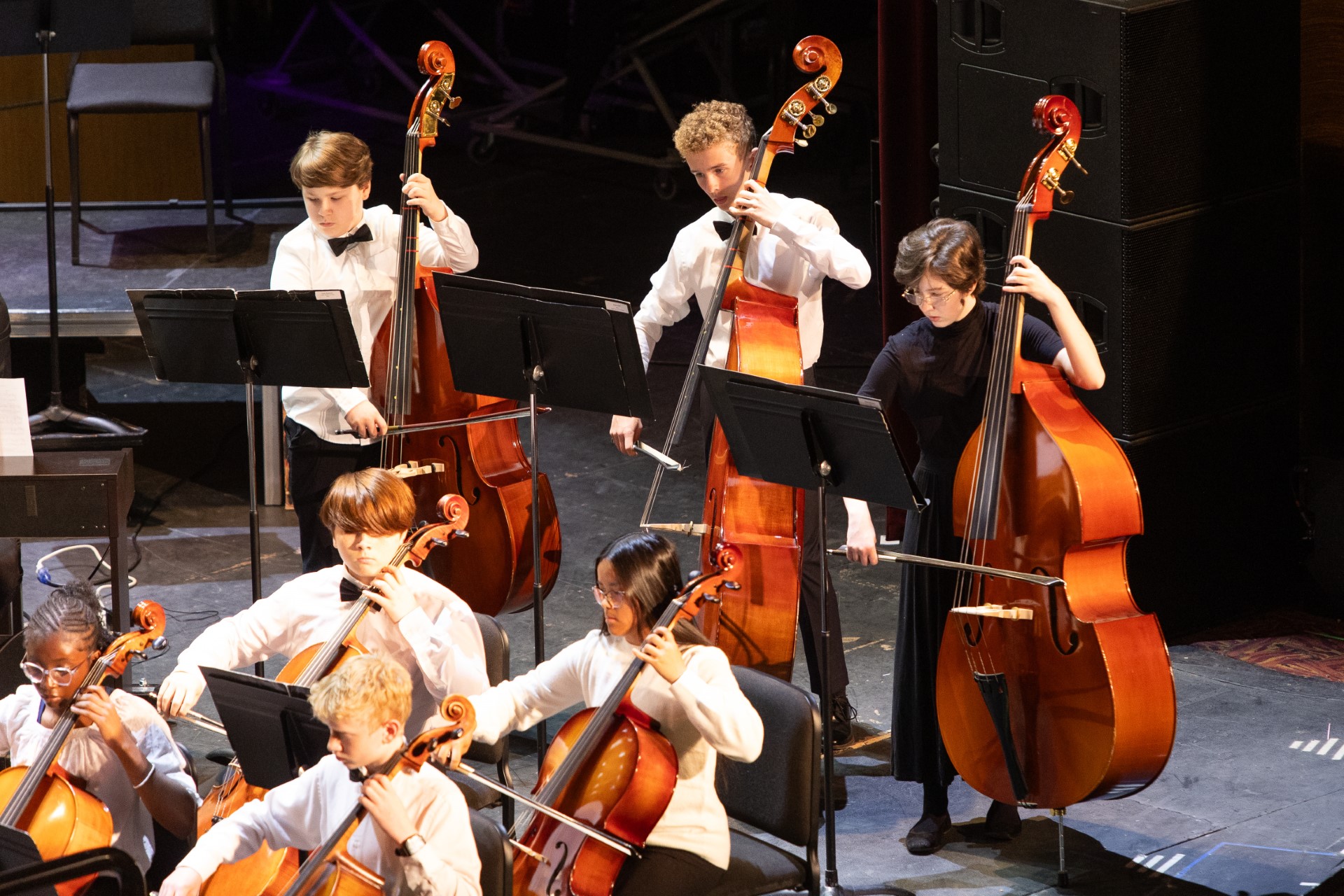The Centers for Medicare and Medicaid Services (CMS) issued detailed guidance late last week that directs “reasonable ways nursing facilities can safely facilitate in-person visitation” to address the psychosocial needs of residents and their families during the COVID-19 public health emergency.
“To this point, CMS policy and state guidance on visitation have focused on protecting the health of nursing home residents and stopping the spread of the virus,” Governor Laura Kelly said. “While we must continue to be vigilant in those efforts, my administration recognizes the prolonged separation of nursing facility residents from their loved ones has taken a significant mental health toll on everyone involved. Despite the risks certain to be involved, I have confidence facilities in Kansas will strike a healthy balance between safety protocols and reuniting families.”
CMS directed that nursing facilities should adhere to certain “core principles of COVID-19 infection prevention” at all times, including social distancing, temperature screens, and cleaning protocols. Outdoor visitation poses a lower risk than indoor visitation, however indoor visitation can be allowed if there have been no new COVID-19 cases in a facility in the past 14 days and the facility is not conducting active outbreak testing. Other requirements for indoor and outdoor visitation can be found in CMS document QSO-20-39-NH. Facilities that do not adopt the new guidelines without a valid reason for keeping their doors closed, face potential monetary penalties.
Individual facilities should follow use the following paraments as additional information to determine if indoor visitation is advisable:
- Low county positivity rate (<5%) = Visitation should occur according to the core principles of COVID-19 infection prevention and facility policies (beyond compassionate care visits)
- Medium county positivity rate (5% – 10%) = Visitation should occur according to the core principles of COVID-19 infection prevention and facility policies (beyond compassionate care visits)
- High county positivity rate (>10%) = Visitation should only occur for compassionate care situations according to the core principles of COVID-19 infection prevention and facility policies
The COVID-19 pandemic is unprecedented and has changed the way nursing facilities operate. The CMS has a list of residents’ rights and protections under federal and state laws, including but not limited to, the right to be treated with dignity and respect, be free from abuse, neglect and discrimination and have friends and family visit and participate in their care.
The Kansas Department for Aging and Disability Services collaborates with CMS to regulate nursing facilities in the state. KDADS conducts inspections of certified nursing homes on behalf of CMS to ensure they comply with federal laws and standards.
“We’re glad to see the guidelines shift back to focus more on ‘resident rights’ and a standardized approach,” said Scott Brunner, KDADS Deputy Director of Facilities. “We recognize it will take some time to implement these guidelines at the facility level because every facility in the state, sometimes within the same county, can face different challenges—from the number of positive cases to the availability of personal protective equipment or testing kits. We expect the facilities in Kansas will tailor these guidelines to their individual circumstances.”
The guidance further authorizes states to provide $3,000 grants from Civil Monetary Penalty funds for facilities to purchase equipment to facilitate visitation such as tents for outdoor visits or plexiglass screens. KDADS is working on the application process for facilities to request funding.
Last week’s guidance replaces the ban on visitation CMS imposed since mid-March and the Centers for Disease Control and Prevention (CDC) issued guidance to reduce the spread of COVID-19 in nursing facilities by instructing them to:
- Strictly limit visitation
- Suspend communal dining and other congregate group activities for residents
- Screen residents daily for fever and other COVID-19 symptoms
- Screen anyone entering a facility for symptoms and adopt flexible sick-leave policies for staff
- Require all facility staff to wear masks
KDADS recognizes there are other long-term care settings in Kansas not subject to the guidance issued by CMS for certified nursing facilities. The agency is using the federal guidelines as a road map to issue state guidelines in the coming weeks for implementation in those settings throughout the state.
“We believe it’s important for each individual living in a care facility in Kansas to have a visitation plan in place to ensure person-centered care decisions are made considering factors beyond physical health,” KDADS Secretary Laura Howard said. “One focus of our guidance will be the residents’ right to participate, along with their family where possible, in the creation of a visitation plan that considers their physical, mental and psychological well-being in supporting quality of life.”



